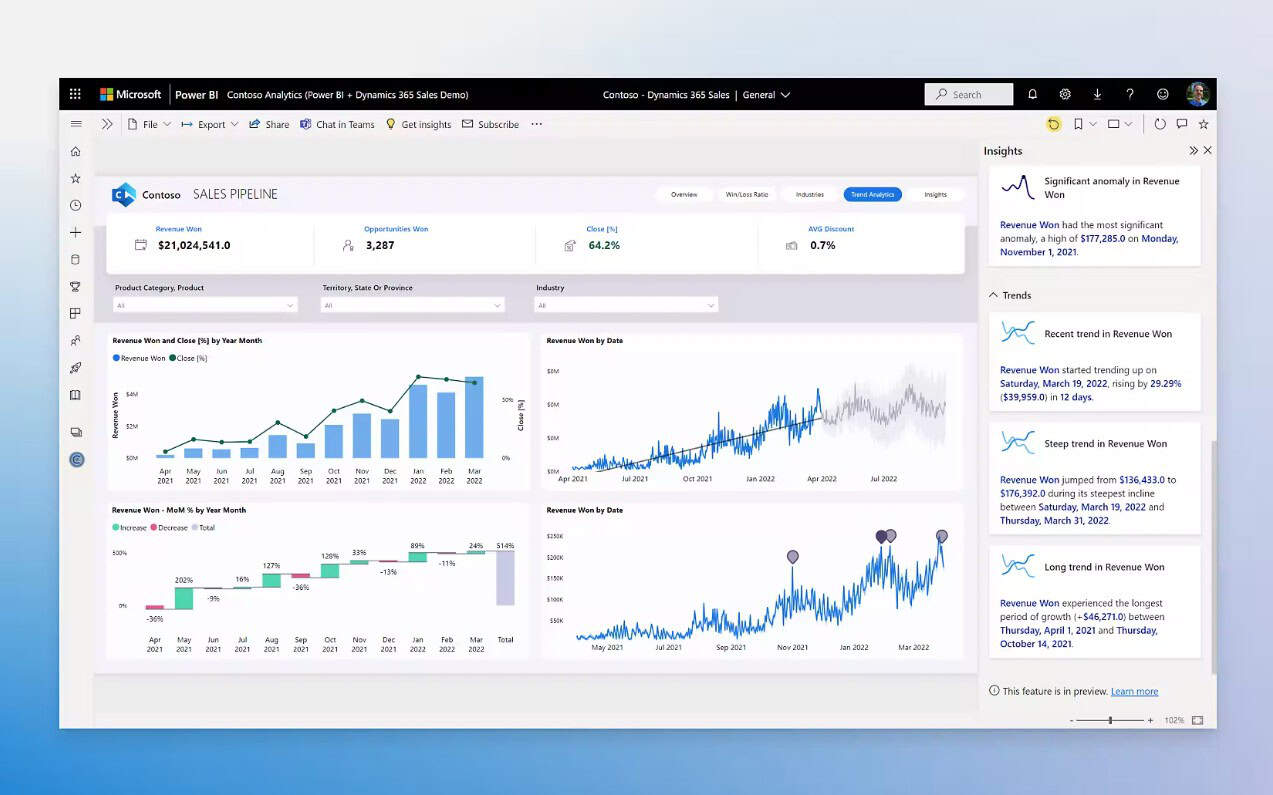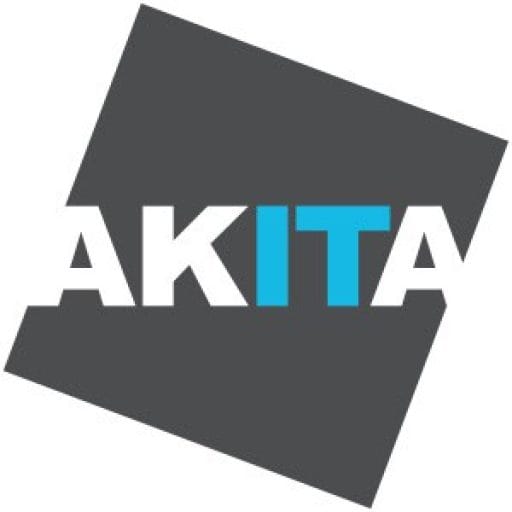Cloud adoption is no longer a speculative technology decision — it has become a strategic enabler of growth, security, and operational efficiency for organisations that want to scale without endlessly investing in on-premises hardware.
For medium-sized businesses, Microsoft Azure typically represents the most accessible path to modernisation because it integrates cleanly with existing Microsoft technologies and offers a stable progression from legacy infrastructure to cloud services.
However, adoption is rarely just a technical change. It touches cost models, governance, identity, and cyber security strategy. The following guide outlines the key considerations leadership teams should work through when evaluating and migrating to Azure.
What is Microsoft Azure – And How Does It Differ From On-premises Infrastructure?
Azure is Microsoft’s public cloud platform, delivering compute, storage, databases, security services and analytics capabilities without the upfront capital expenditure of on-premises hardware. Instead of maintaining servers, switches, and backup devices in a local data centre, Azure provides fully managed infrastructure with guaranteed uptime and built-in redundancy.
Where on-premises infrastructure is fixed and capacity must be forecasted years in advance, Azure operates on a consumption basis. You pay only for the resources you actually use. For a medium-sized business, this enables controlled scaling — new environments and services can be provisioned in minutes, allowing IT teams to react to commercial demand without further hardware investment.
Azure also reduces lifecycle headaches: firmware upgrades, failover architecture, physical security, and performance tuning are handled by Microsoft. Your internal IT function stays focused on business enablement rather than firefighting maintenance tasks.
How Secure Is Microsoft Azure Compared To On-premises?
Security is one of the major triggers for Azure adoption. Microsoft invests billions annually into cloud security: threat intelligence telemetry, behaviour analytics, and automated detection routines are continuously updated across the platform. This delivers a level of active defence that is difficult to replicate for a mid-market firm using conventional on-premises tooling.
Azure’s security stack is layered and interconnected:
-
Identity protection through Entra ID (formerly Azure AD)
-
Encryption of data at rest and in transit
-
Posture management via Defender for Cloud
-
Sentinel for SIEM and advanced threat correlation
-
Security baselines aligned to ISO and NCSC guidance
From a governance perspective, Azure is certified to a wider portfolio of compliance frameworks than most private data centres and includes policy automation to maintain secure configurations.
The biggest shift for medium-sized organisations moving to Azure is that security becomes proactive rather than reactive. Instead of occasional penetration tests or manual patching, security controls operate continuously with dynamic protections built in.
Which Workloads Should Organisations Move to Azure first?
Most organisations take a phased approach. The simplest path usually begins with low-complexity, high-value workloads where Azure immediately improves resilience and reduces management overhead. Typical first-wave candidates include:
-
File servers and backup infrastructure
-
Line-of-business applications previously hosted on aging servers
-
SQL workloads approaching hardware refresh or licensing upgrade
-
Remote desktop and virtual desktop services
-
Disaster recovery as a service
For many mid-sized companies, the priority is to eliminate hardware refresh cycles. Moving these workloads early frees the business from capital expenditure commitments and removes the maintenance burden on the IT function.
Once core infrastructure is stable in Azure, organisations often modernise applications to platform services — such as Azure App Service or Azure SQL — to reduce admin overheads further and unlock automation.
How Is Entra ID (Azure AD) Central To Azure adoption?
Identity is the front door to the cloud. With traditional on-premises environments, access is controlled primarily through network boundaries. In Azure, the identity layer becomes the primary security perimeter — users authenticate continuously, and policies determine what they can reach.
Entra ID provides this foundation. It integrates seamlessly with Microsoft 365, Azure Virtual Desktop, endpoint management, and most third-party SaaS platforms. For a growing business, this delivers three strategic advantages:
-
Centralised control of users, devices, and permissions
-
Conditional access policies controlling risk by context
-
Zero trust architecture as standard — least privilege and continuous validation
By consolidating identity and access management in Entra ID, authentication becomes more secure, easier to audit and simpler for users through single sign-on. For remote or hybrid workforces, it is the most effective way to maintain governance without compromising productivity.
Estimating And Controlling Azure Running Costs
Cost transparency is a recurring concern for business leaders moving from predictable capital expenditure to ongoing operational expenditure. Azure provides extensive tooling to forecast spend based on workload, region, and expected utilisation.
However, cost control in Azure is not about guesswork — it is about architecture. The most cost-effective environments share three traits:
-
Right-sized resources instead of over-provisioned servers
-
Auto-scaling or scheduled shutdowns for development and test environments
-
Use of reserved instances for predictable long-term workloads
Azure Cost Management and budgeting policies can alert stakeholders before thresholds are reached, preventing unwanted spend. At scale, governance frameworks such as tagging and resource groups make it simple to attribute costs to departments or projects.
For mid-sized organisations, predictable OPEX with built-in optimisation becomes a benefit, not a risk — especially when compared with emergency hardware upgrades on legacy servers that fail without warning.
Ensuring Resilience: What’s the difference between Azure Backup and Azure Site Recovery?
Resilience planning is a critical part of any Azure adoption roadmap. Two core services handle continuity:
Azure Backup protects data. It creates immutable copies stored independently from the production environment, shielding businesses from accidental deletion, ransomware encryption, or data corruption.
Azure Site Recovery protects operations. It replicates whole virtual machines or applications to a secondary Azure environment, enabling fast failover if the primary infrastructure fails. This keeps the business online during an outage.
Most organisations deploy both. Backup ensures data recoverability; Site Recovery guarantees operational consistency. For companies that currently lack offsite replication or enterprise-grade disaster recovery tooling, Azure delivers enterprise resilience at mid-market cost.
Building A Structured Azure Adoption Roadmap
A successful transition to Azure is methodical rather than rushed. The typical roadmap for a medium-sized business follows a staged pattern:
-
Assessment and strategy
Review existing infrastructure, licensing posture, security gaps, and commercial priorities. Define which workloads offer the fastest win. -
Identity and security foundation
Enable Entra ID, MFA policies, conditional access, baseline configuration and Defender for Cloud to secure the target environment before any major migration. -
Lift-and-shift for stabilisation
Move core servers or workloads to Azure with minimal transformation, establishing a reliable and supportable cloud environment. -
Modernise and optimise
Refactor workloads to platform services, apply cost governance policies, implement backup/DR strategy, and integrate automation. -
Ongoing improvement
Mature the estate through analytics, monitoring, advanced security tooling, and workload scaling as business demands evolve.
When this approach is followed, the risks associated with migration are reduced while the benefits of Azure are unlocked progressively — both technically and commercially.
Summary: What’s The Business Case For Microsoft Azure Adoption In The Mid-market
For medium-sized firms, Microsoft Azure adoption aligns directly with core business outcomes:
-
Increased operational resilience with guaranteed SLAs
-
Stronger cyber security posture aligned to industry standards
-
Flexibility to scale during growth or contraction
-
Reduced capital expenditure on hardware refresh cycles
-
Easier compliance reporting and auditing
-
Future-ready platform for analytics, automation, and AI
The cloud is no longer solely an IT investment — it is a strategic operating model. By moving beyond static infrastructure and adopting cloud-native services, organisations become more agile, more secure, and more competitive.
See where Microsoft Azure can cut infrastructure costs and strengthen resilience with a migration roadmap designed by Akita:
Start A Conversation



